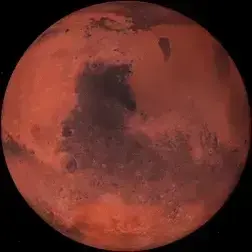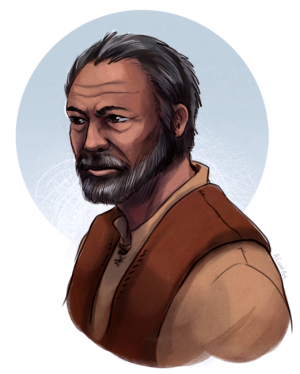Cool. Space is really cool. Keep up the good work Astronomers. Love the cool things you find.
Given there are known polar planetary discs, and this orbit seems stable, wouldn’t that suggest that polar systems are formed because of some past interaction between the two stars that disrupted them from the original plane of formation?
The planet could be a capture.
Possibly. I didn’t dive in deeper to see if they even know the shape of the orbit. From my understanding a capture is very unlikely to have a near circular orbit. But planetary discs definitely aren’t captures, so something changed the stars in those.
Now just add a second binary star system and you get infinite energy and momentum in finite time*:

*if Newtonian physics were true and stars and planets were points and everything was perfectly aligned
Is there a layman’s explanation for this?
It’s a math thing, more than a physics thing.
With Newtons law of gravity, there is a big, but seemingly solved problem that’s been known for a long time: things must not touch. Potential energy is calculated by dividing a term by the distance of two objects. You can’t devide by zero, so if the distance goes to zero, energy goes to infinity, which doesn’t make sense. The solution is to prevent the centers of mass of things from touching. This isn’t a problem, because in real life, masses aren’t points, but solid objects and the centers of mass are in the middle, so they can’t touch, because the outer parts collide first. And in simulations you can just make a rule that says no touching.
This kind of gap in a formula, where it stops being defined, is called a singularity in math. And to deal with them, you just have to know, when to expect them. For hundreds of years, people thought, collisions were the only singularities in Newtonian gravity. Easy to avoid, so not a problem. Now in this paper, they prove, that there are other, non-collission singularities and give an explicit example.
The arrangement in the picture has the middle mass going back and forth between the two binaries faster and faster and it reaches infinite speed in finite time. It basically leaves the universe, like a glitch in a video game. Also the reverse is allowed too: you just need the four masses from the two binary systems and there is nothing in Newtonian gravity that says a fifth mass can’t randomly appear from out of nowhere with infinite speed, slow down and settle between the too binaries.
Since only five masses were necessary to create this problematic constellation, it’s likely that there are many more possible.
Luckily, we have Einsteins theory of gravity now, so don’t have to worry about Newton too much. However, this does have its own, completely different kind of singularity, where the curvature of spacetime goes to infinity. People initially thought, that would be a problematic, unphysical behavior, like Newtons singularities, but it turns out that’s just a real thing that happens: black holes. Here the annoying singularities are mercifully shrouded in an event horizon, so at least we don’t have to look at them. Unless… But there is a solution for that too.
Majik
/J
I wonder if its a product of colliding galaxies?
Isn’t that literally the premise of the Three Body Problem?
The 3 body problem has no general solution. This would be a special case solution.
Ah, yes, I just read the title again!
Not exactly. In the novel/tv show the Three Bodies are stars that are interacting with a fourth object, the planet Trisolaris.
Because the movements of the three suns are unpredictable, they never know when the climate of the planet will be habitable.
Yes, I remember now that I thought “that’s a four body problem” when I read it.






